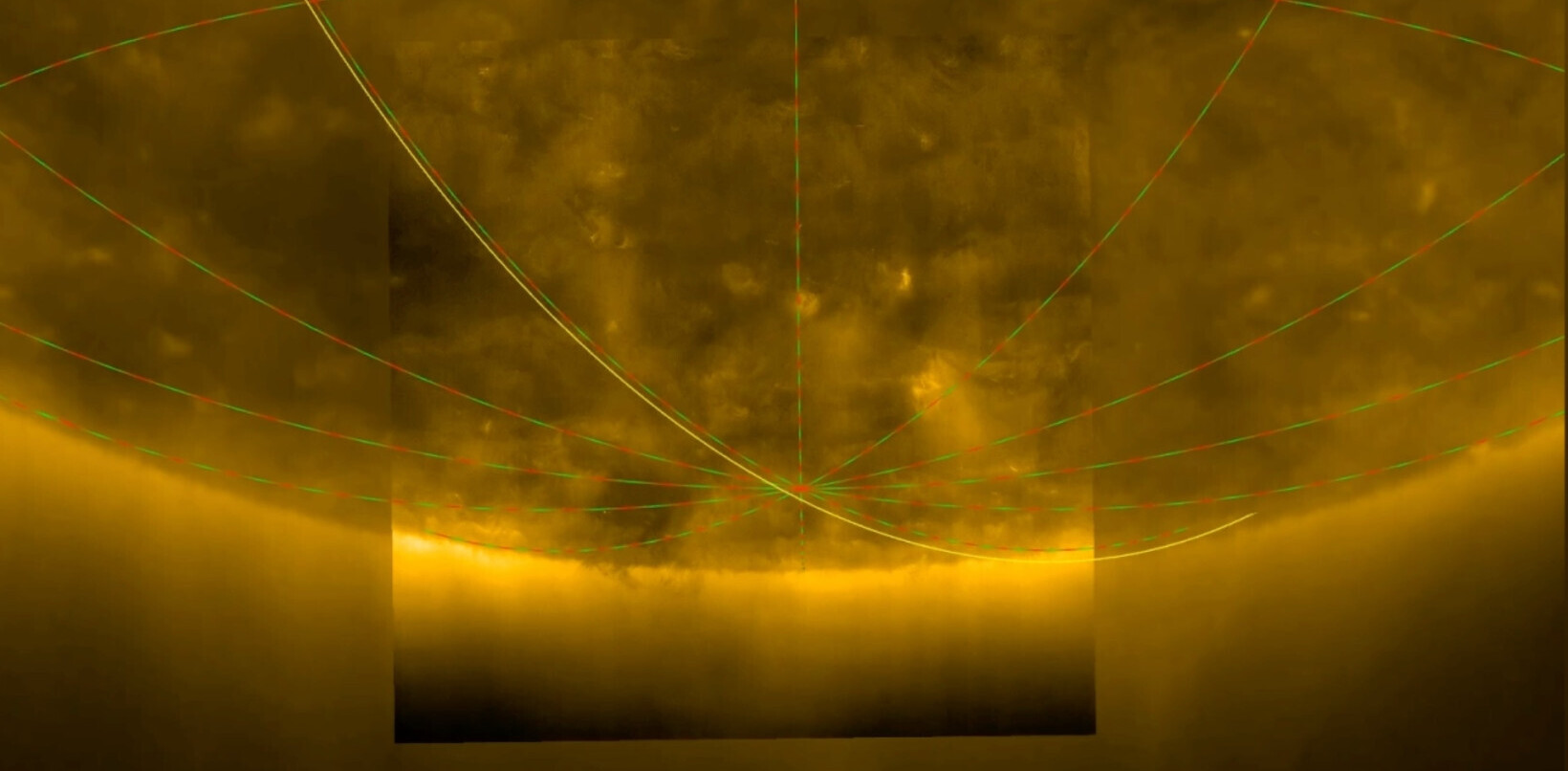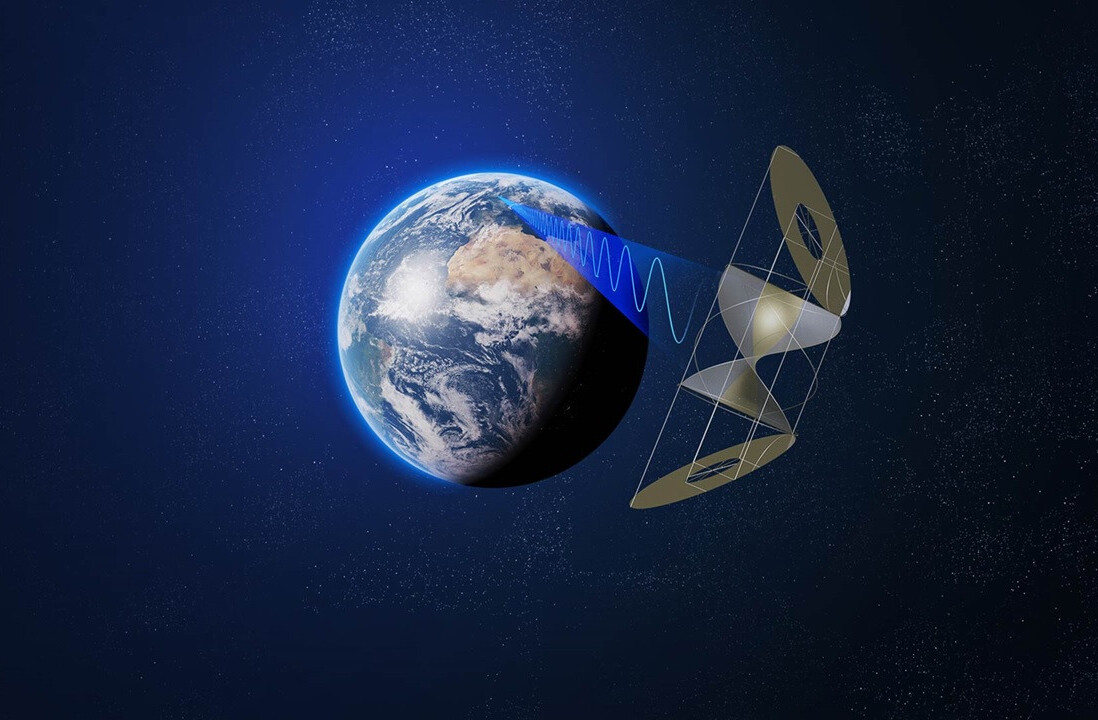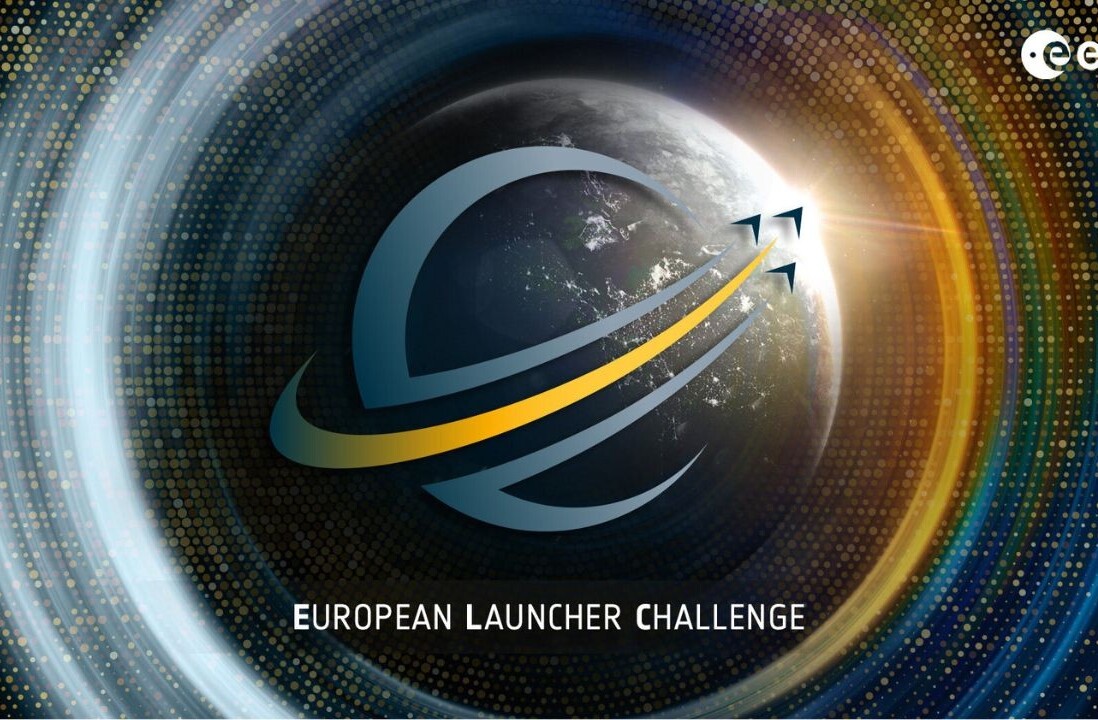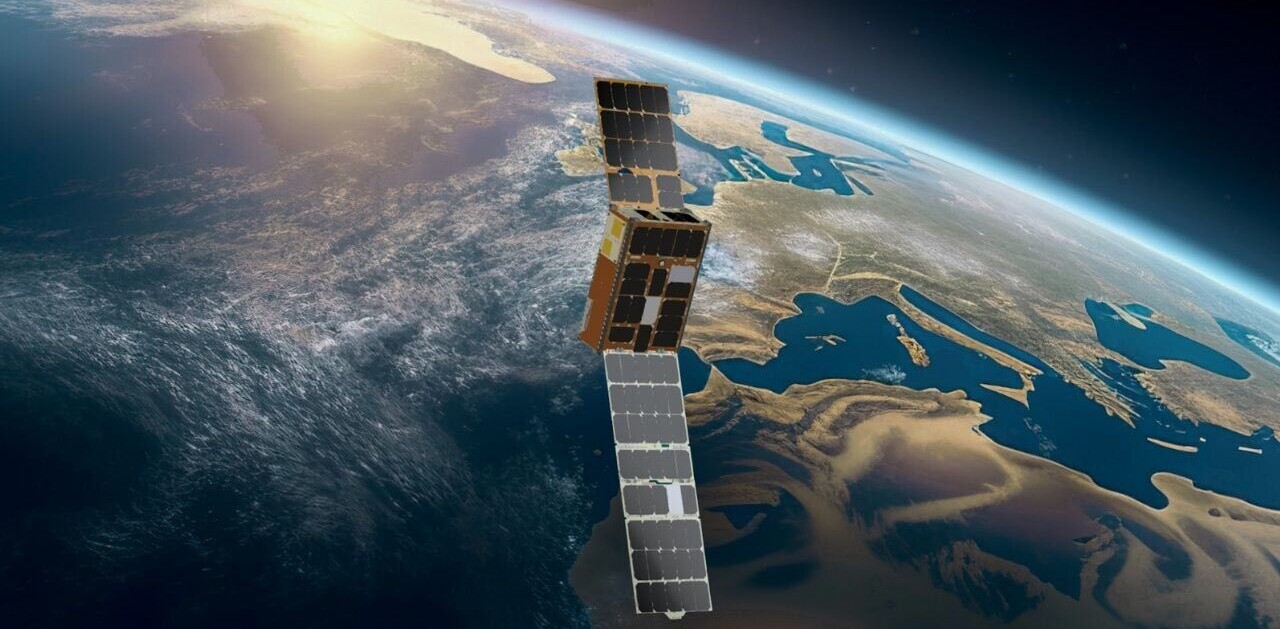
Within the next few decades, NASA aims to land humans on the Moon, set up a lunar colony and use the lessons learned to send people to Mars as part of its Artemis program.
While researchers know that space travel can stress space crew members both physically and mentally and test their ability to work together in close quarters, missions to Mars will amplify these challenges. Mars is far away — millions of miles from Earth — and a mission to the red planet will take two to two and a half years, between travel time and the Mars surface exploration itself.
As a psychiatrist who has studied space crew member interactions in orbit, I’m interested in the stressors that will occur during a Mars mission and how to mitigate them for the benefit of future space travellers.
Delayed communications
Given the great distance to Mars, two-way communication between crew members and Earth will take about 25 minutes round trip. This delayed contact with home won’t just hurt crew member morale. It will likely mean space crews won’t get as much real-time help from Mission Control during onboard emergencies.
Because these communications travel at the speed of light and can’t go any faster, experts are coming up with ways to improve communication efficiency under time-delayed conditions. These solutions might include texting, periodically summarising topics, and encouraging participants to ask questions at the end of each message, which the responder can answer during the next message.
Autonomous conditions
Space crew members won’t be able to communicate with Mission Control in real time to plan their schedules and activities, so they’ll need to conduct their work more autonomously than astronauts working in orbit on the International Space Station.
Although studies during space simulations on Earth have suggested that crew members can still accomplish mission goals under highly autonomous conditions, researchers need to learn more about how these conditions affect crew member interactions and their relationship with Mission Control.
For example, Mission Control personnel usually advise crew members on how to deal with problems or emergencies in real-time. That won’t be an option during a Mars mission.
To study this challenge back on Earth, scientists could run a series of simulations where crew members have varying degrees of contact with Mission Control. They could then see what happens to the interactions between crew members and their ability to get along and conduct their duties productively.
Crew member tension
Being confined with a small group of people for a long period of time can lead to tension and interpersonal strife.
In my research team’s studies of on-orbit crews, we found that when experiencing interpersonal stress in space, crew members might displace this tension by blaming Mission Control for scheduling problems or not offering enough support. This can lead to crew-ground misunderstandings and hurt feelings.
One way to deal with interpersonal tension on board would be to schedule time each week for the crew members to discuss interpersonal conflicts during planned “bull sessions.” We have found that commanders who are supportive can improve crew cohesion. A supportive commander, or someone trained in anger management, could facilitate these sessions to help crew members understand their interpersonal conflicts before their feelings fester and harm the mission.
Time away from home
Spending long periods of time away from home can weigh on crew members’ morale in space. Astronauts miss their families and report being concerned about the well-being of their family members back on Earth, especially when someone is sick or in a crisis.
Mission duration can also affect astronauts. A Mars mission will have three phases: the outbound trip, the stay on the Martian surface, and the return home. Each of these phases may affect crew members differently. For example, the excitement of being on Mars might boost morale, while boredom during the return may sink it.
The disappearing-Earth phenomenon
For astronauts in orbit, seeing the Earth from space serves as a reminder that their home, family, and friends aren’t too far away. But for crew members traveling to Mars, watching as the Earth shrinks to an insignificant dot in the heavens could result in a profound sense of isolation and homesickness.

AP Photo
Having telescopes on board that will allow the crew members to see Earth as a beautiful ball in space, or giving them access to virtual reality images of trees, lakes, and family members, could help mitigate any disappearing-Earth effects. But these countermeasures could just as easily lead to deeper depression as the crew members reflect on what they’re missing.
Planning for a Mars mission
Researchers studied some of these issues during the Mars500 program, a collaboration between the Russian and other space agencies. During Mars500, six men were isolated for 520 days in a space simulator in Moscow. They underwent periods of delayed communication and autonomy, and they simulated a landing on Mars.
Scientists learned a lot from that simulation. But many features of a real Mars mission, such as microgravity, and some dangers of space — meteoroid impacts, the disappearing-Earth phenomenon — aren’t easy to simulate.
Planned missions under the Artemis program will allow researchers to learn more about the pressures astronauts will face during the journey to Mars.
For example, NASA is planning a space station called Gateway, which will orbit the Moon and serve as a relay station for lunar landings and a mission to Mars. Researchers could simulate the outbound and return phases of a Mars mission by sending astronauts to Gateway for six-month periods, where they could introduce Mars-like delayed communication, autonomy and views of a receding Earth.
Researchers could simulate a Mars exploration on the Moon by having astronauts conduct tasks similar to those anticipated for Mars. This way, crew members could better prepare for the psychological and interpersonal pressures that come with a real Mars mission. These simulations could improve the chances of a successful mission and contribute to astronaut well-being as they venture into space.![]()
Nick Kanas, Professor Emeritus of Psychiatry, University of California, San Francisco
This article is republished from The Conversation under a Creative Commons license. Read the original article.
Get the TNW newsletter
Get the most important tech news in your inbox each week.




